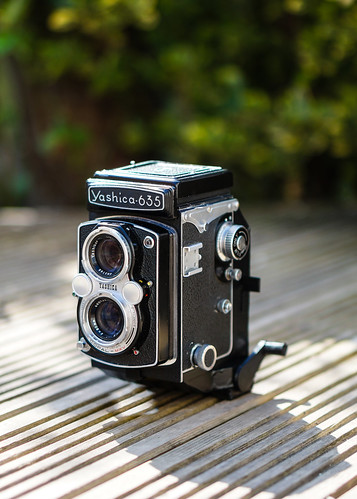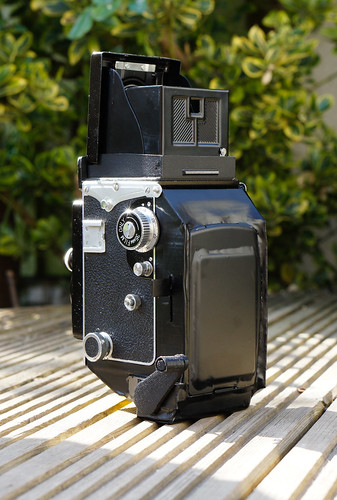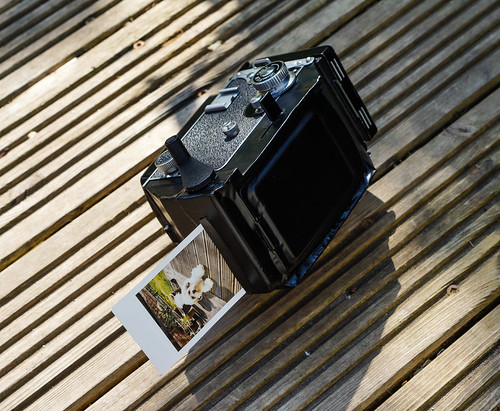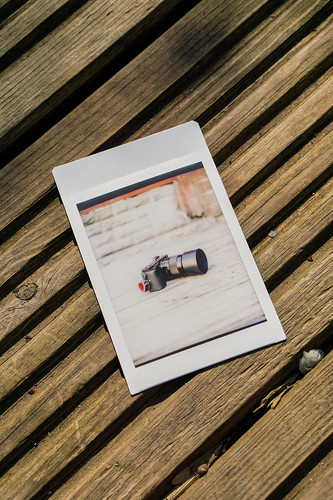Ok, I'm trying to learn how Instax handles different lighting/exposure and I think Velvia is easier and more consistent ;0)
Shot at iso800 in very low light, F3.5 1/25th. Gives a very warm white balance.
View attachment 64344
Left - Iso800, F11 1/500th with bright backlight shows very little dynamic range.
Middle - Iso800, F16 1/250th in shade. Better contrast overall but blown the highlights.
Right - Iso1000, F16 1/500th in open sun with side lighting. Best overall contrast and exposure with very little blown out.
View attachment 64343
Interesting comparison and I can see that I'm going to have to think about my composition/conditions a lot more than with traditional film as Instax is pretty unforgiving. I guess this is why standard Instax cameras generally use a flash and F8-16 to get consistent results.
I've also removed the lingering light leaks by wrapping the body as well as covering the film transport rollers inside the body with black tape which has stopped he reflections from them.













 BP badge
BP badge




